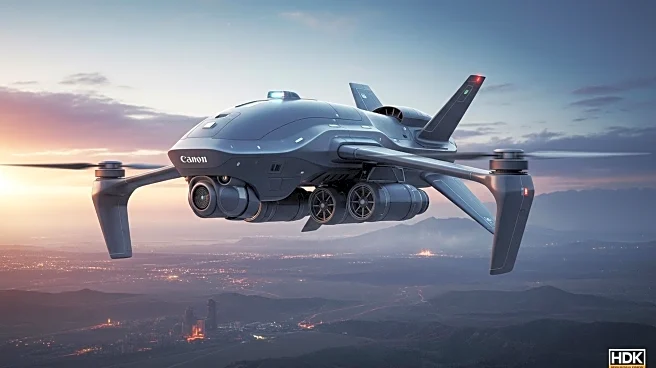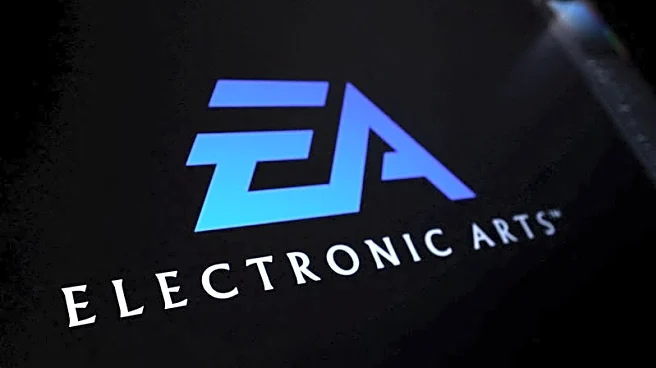What's Happening?
Battlefield 6 has launched with significant player interest, reaching over 500,000 concurrent players on Steam within 25 minutes of release. This surge in player numbers has led to extensive server queues, with many players reporting long wait times to access the game. The high demand reflects the anticipation surrounding the latest installment in the Battlefield series, which has been seen as a return to form after previous entries faced criticism. The game's launch has been marked by competitive queue-posting among players, highlighting the excitement and eagerness to experience the new content.
Why It's Important?
The successful launch of Battlefield 6 indicates strong consumer interest and potential market success for EA and DICE, the developers behind the game. The high player engagement suggests that Battlefield 6 could revitalize the franchise and attract players from competing series like Call of Duty, which has struggled to maintain its fanbase. This development could shift dynamics in the first-person shooter market, influencing future game releases and marketing strategies. The server queues also highlight the importance of robust infrastructure to support large-scale game launches, which can impact player satisfaction and retention.
What's Next?
EA and DICE may need to address server capacity issues to ensure smooth gameplay experiences for the large player base. This could involve scaling up server resources or implementing queue management strategies to reduce wait times. The game's popularity may lead to further updates and expansions to maintain player interest and capitalize on the initial success. Additionally, the competitive landscape may prompt other developers to innovate and enhance their offerings to compete with Battlefield 6's strong performance.
Beyond the Headlines
The launch of Battlefield 6 underscores the evolving nature of the gaming industry, where player engagement and community dynamics play crucial roles in a game's success. The situation may prompt discussions about the impact of hype and marketing on game launches, as well as the importance of delivering quality content to meet player expectations. The game's success could influence future trends in game development and marketing strategies.











